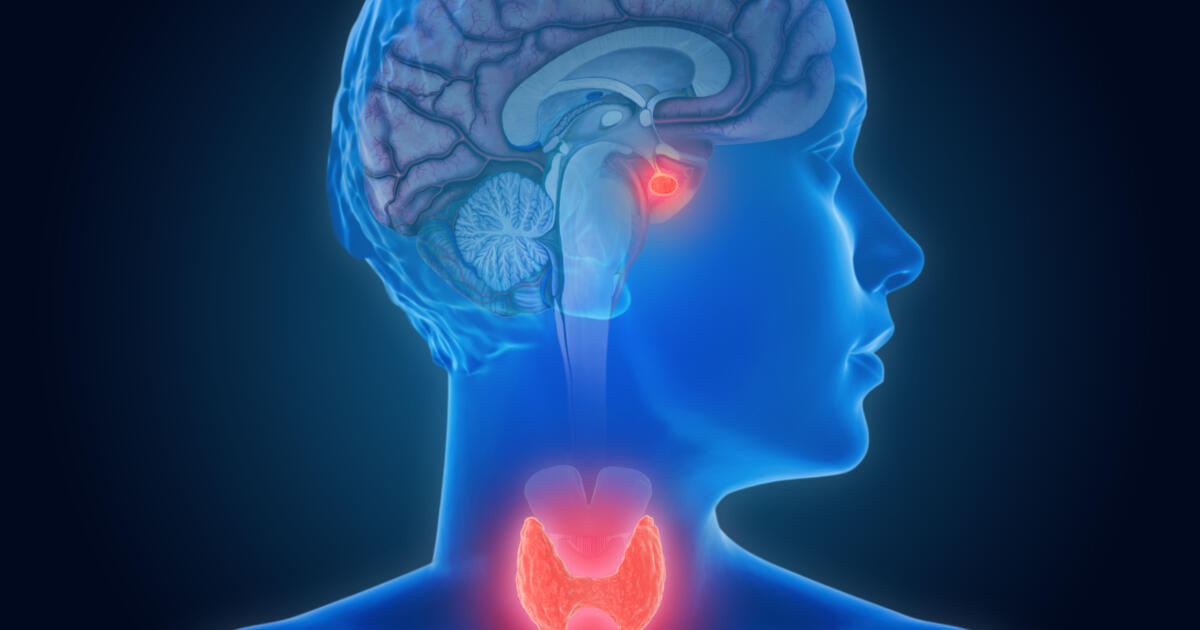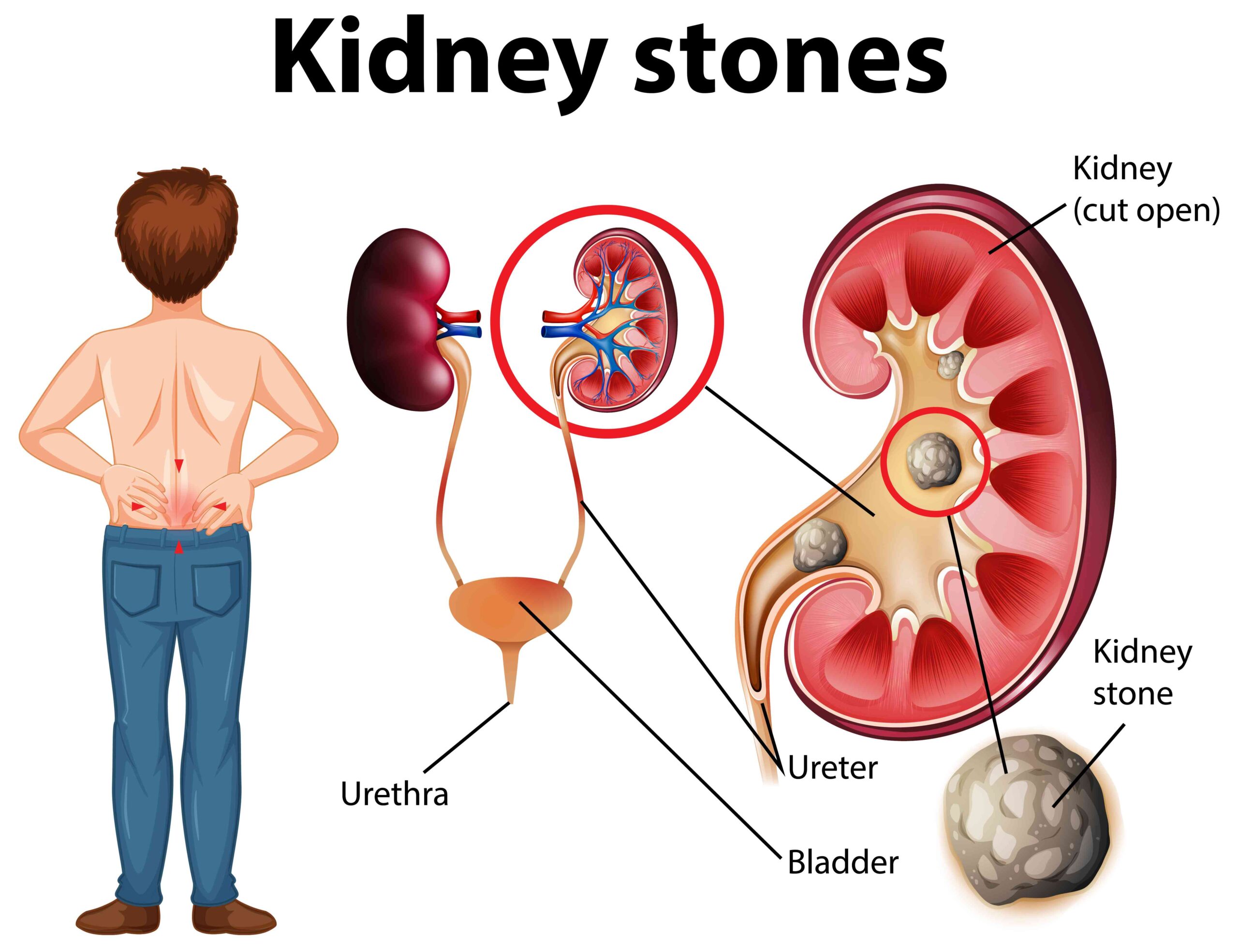- 29-Apr-24
Depending on the underlying cause of their pituitary disorders, patients may present with a range of symptoms. Growths such as pituitary tumors, cysts, or other growths can produce headaches, blurred vision, or in extreme situations, nausea and vomiting. Numerous symptoms, including exhaustion, sexual dysfunction, and changes in weight, appearance, or body composition, can be brought on by low pituitary hormone levels.
The following conditions are linked to excessive hormone production:
- Acromegaly: It is brought on by an excess of growth hormone, which among other symptoms can cause the hands and feet to enlarge.
- Cushing’s syndrome: It is brought on by an excess of ACTH, which is then converted to cortisol. This can result in weight gain, particularly around the abdomen and trunk, as well as a higher risk of fractures, diabetes, hypertension, and other complications.
- Hyperprolactinemia: Infertility, irregular menstruation, and sexual dysfunction may result from it.
How To Diagnose Pituitary Disorders:
Pituitary disorders are frequently undetected or not noticed. This is frequently due to the fact that the symptoms of functioning adenomas, or pituitary disorders that produce hormones, and large disorders, or macroadenomas, which produce hormones, are often confused with symptoms of other illnesses. It's also because their growth is extremely gradual. Nonfunctioning microadenomas, which are small pituitary disorders that do not produce hormones, frequently do not exhibit any symptoms. If they are found, it's usually as a result of an imaging test—a CT or MRI scan, for example—that is performed for another purpose.
In addition to performing a physical examination, your healthcare provider will probably ask you about your personal and family medical history in order to identify and diagnose a pituitary disorder. Additionally possible tests for pituitary disorders include:
- Blood tests: Blood tests can determine which hormones your body produces in excess or insufficiently. For certain hormones, your doctor may be able to diagnose pituitary adenoma based only on blood test results indicating an excess of the hormone.
- Urine tests: A pituitary adenoma that produces excessive amounts of the hormone ACTH may be diagnosed with the aid of a urine test. Excessive ACTH causes the body to produce excessive cortisol, which in turn causes Cushing disease.
- MRI scan: An MRI scan, also known as a magnetic resonance imaging scan, is a diagnostic procedure that produces precise images of the body's organs and tissues using computer-generated radio waves and a magnetic field. Pituitary disorders can be identified and its location and size shown on a brain MRI.
- CT scan: A kind of imaging test known as a computed tomography scan, or CT scan, combines several X-rays to produce cross-sectional images. When diagnosing and treating pituitary disorders, MRI scans are utilized more frequently than CT scans. However, if your physician advises you that you need surgery to remove a pituitary disorder, a CT scan could be useful in the planning process.
- Vision testing: Eyesight, particularly side vision, also known as peripheral vision, can be impacted by pituitary disorders. Assessing your eyesight may assist your physician in determining whether additional testing is necessary to identify pituitary disorders.
Integrated Medical Care Hospital (IMC Hospital):
The multi-specialty IMC Hospital was founded in collaboration with DHA Lahore with the goal of revolutionising healthcare and introducing the concept of completely integrated treatment and services. You can locate the Best Infertility Specialist right here. Visit Integrated Medical Care Hospital (IMC Hospital) today and make an appointment.

 Map
Map










